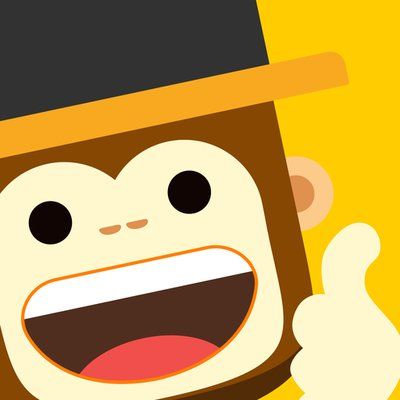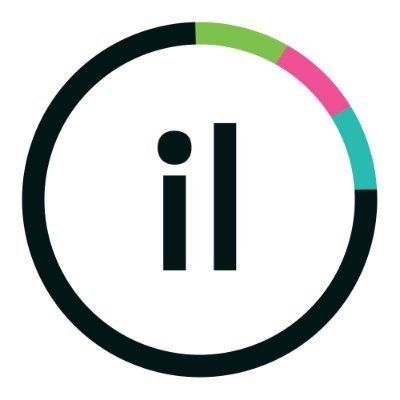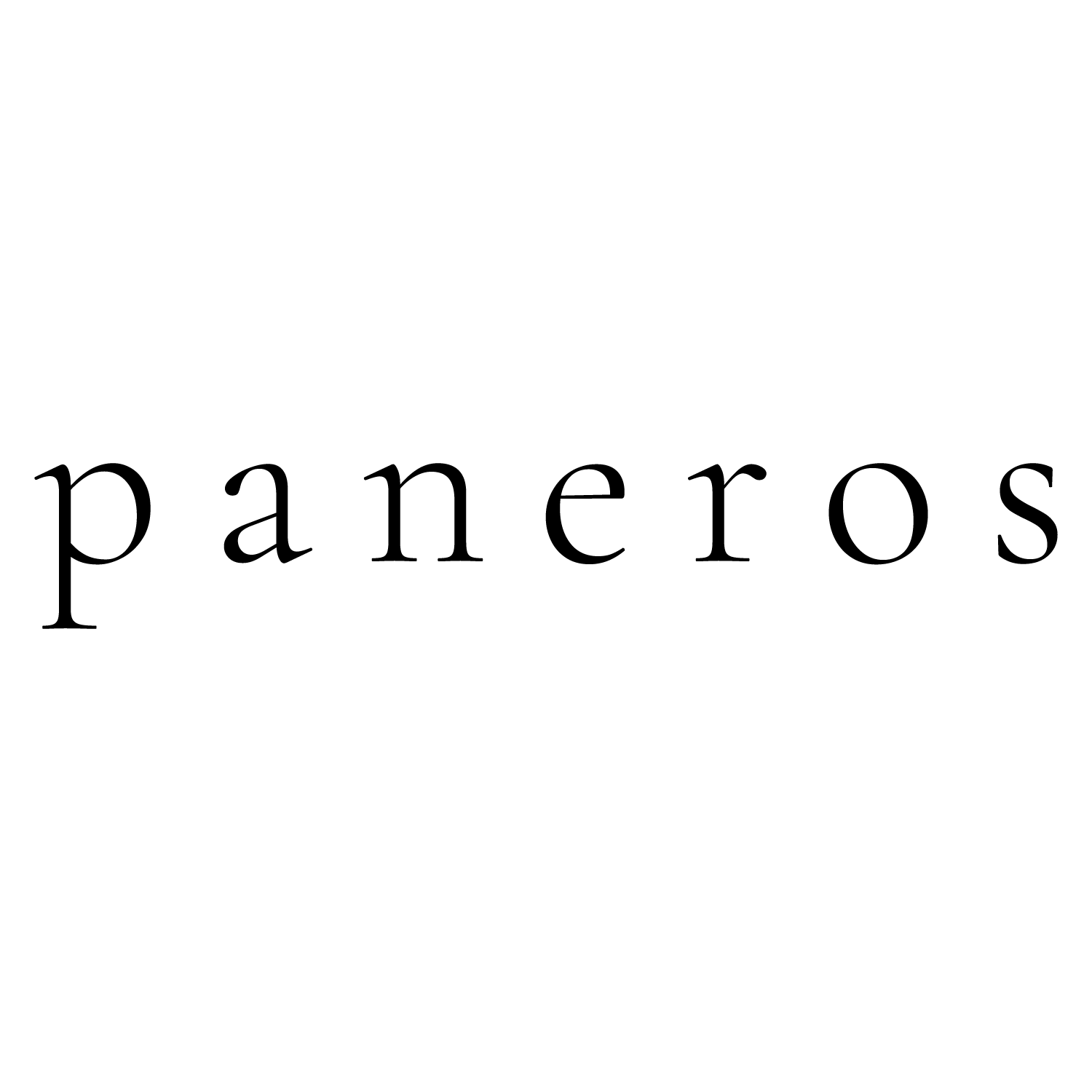13 brand story examples that are unique & utterly brilliant
Storytelling is at the heart of a standout marketing strategy. These brands are doing it right.
Brand storytelling is literally that: telling your story through a variety of platforms (owned, earned, and paid media) and having a cohesive identity as a brand beyond, "idk, we sell stuff."
It isn't just a one-off deal either. Brand storytelling is in every page, post, email, and TikTok dance. So, having a cohesive idea of what your brand stands for is important to keep your messaging from becoming feral and chaotic.

Before we jump into the examples, let's just have a quick recap of what brand storytelling is and isn't.
Great brand storytelling is…
- Showcasing your brand's values
- Elements of good storytelling include a combination of high-quality content, real-life stories, and testimonials (social proof) from customers and employees
- Using evidence and facts told in engaging ways to bring your brand to life
- Making an emotional connection through authenticity and humanity
Quality brand storytelling is not…
- Lying for the sake of profit
- Emotional manipulation
- Exaggerating what your brand is capable of to trick consumers
- Bragging about how amazing your company is (without backing up those claims)
When people think about brand stories, a few traditional, major companies may pop into the average noggin:
- Starbucks and its "third place" philosophy of creating community through its coffee shops
- Nike and its "just do it" emphasis on elite athleticism
- Toms Shoes and its commitment to altruism demonstrated by donating a pair of shoes for every pair purchased
On their surface, these sound like reflections of the company values. And they are, to a certain extent. But if you dig deep, you'll see how each of these examples are meant to reflect how the consumer feels both about the brand but mostly about themselves and their role in using such an amazing service.
To show you what I mean, let's take a closer look at the above examples:
- Starbucks' "third place" philosophy is about belonging. The customer should feel at home, welcome, and free to kick off their shoes and relax (but not literally, gross)
- Nike's emphasis on sportiness is meant to make the consumer feel powerful, strong, and like they can take those Nike shoes and run up the Eiffel Tower
- Toms Shoes' philanthropic brand story is intended to give the consumer a warm, fuzzy, "I'm a good person" feeling, even if they are actually a terrible person 98% of the time
Tip: Telling your story with the customer in mind is literally Business Brand Storytelling 101, and it becomes a lot easier when you have a cohesive idea of what sets you apart from the competition. Knowing who you are, what you do well, and why you do it will make the whole "brand storytelling" thing so much easier.
Like we mentioned earlier, story can manifest in pretty much any format you can think of – a video shared on social media, a funny ad, a tear-jerker ad, a heartfelt press release, a literal storybook story. Anything. Just so long as it makes sense for your brand.
In more practical terms, what that means is that you want to have the freedom to tell your story in whatever medium you choose.
Yes, even interpretive dance.
If you're publishing a blog, academy (like this one!), or newsroom (see our online newsroom software), make sure that the digital storytelling tools you use support multimedia. You want to be able to embed not just images and video, but also social media posts, live streams, podcasts, infographics, and so on.
Here's what a decent multimedia story editor might look like:
Okay, so, onto the examples. We're not going to focus on the Ol' Faithful examples because those have already been done. Sorry, Nike, Apple, and Dollar Shave Club, I know you were excited to be featured (again). Instead, we'll look at some examples of smaller or less-talked-about brands that are killing it at telling their brand story.
Side note
There is a distinct but confusing difference between brand storytelling and a brand story.
Brand storytelling is literally everything your company or agency does to communicate with the greater world: every keystroke and graphic is brand storytelling.
A brand story is a narrative around who, what, when, why, and how your company came to be.
For this list, we're only focusing on brand stories, not every type of brand storytelling. Confused yet? Good.
Okay, now, on to the main attraction!
The brand story:
The brand story of Illuminate Labs is that we're a small, ethical business taking on a large, unethical industry. We're the only dietary supplement company in the US, to my knowledge, that publishes third-party testing of every batch of every product transparently on our product pages, proving to customers that our supplements are accurately labeled and pure.
We communicate our brand story primarily through an animated video we hired a studio to create. The video lives right on our homepage, as well as all of our product pages, and has been viewed over 10,000 times to date.
Investing in storytelling in this regard has been a very profitable endeavor.
Why it works: Brands that stand for something meaningful seem like they are playing marketing on easy mode, but it's crazy how often they fail to use their message in their brand story. This is not true for Illuminate Labs, which takes pride in its ethical business practices and uses them to market its products (quite successfully, it seems).
What we can learn: If you got it, flaunt it. Don't be shy about what differentiates you from the competition. If your brand is actively subverting the questionable ethics and norms of the industry, let the people know! It's combining storytelling and marketing into one.
The brand story:
Why it works: Wizards of the Coast specializes in storytelling and tabletop games, and their brand story emphasizes the community and relationship-building aspects of what they do. They aren't there simply to tell a story. There are plenty of other brands for that. Their goal is to help you build relationships with others while telling the stories together.
What we can learn: Most things in life come back to meeting our basic needs and building relationships (ever tried getting good PR without building relationships with journalists first? It's playing on hard mode!). If your brand can solve one of those issues, then highlight that in your brand story.
The brand story:
Our brand story is told through our products. Our slogan is "Carry What Matters”, which means that we’re designing products with functionality that encourages carrying only what you need.
We want to boast that same thought in the way that our customers approach life – by leaving the drama behind, focusing on the positive, and carrying only the essential things with us in life. Our product is a direct reflection of that.

Why it works: Your brand story doesn't have to be complicated to be meaningful. Sometimes consumers want a simple, minimalist, handmade leather good and don't need a fraught backstory to get it.
What we can learn: Not every brand story has to be a harrowing tale of strife and conquest. Simplicity in your story brand is a good thing. Cut out the parts that don't matter and highlight the ones that do.
The brand story:
Why it works: They saw a problem, found a solution, and went to work. Plus, the logo is just too cute.
Storytelling has always been an essential part of our brand strategy. A customer remembers your story over the technical features of your products.
In today's world, storytelling is more important than ever. Every market is saturated with an excess of choice. Effective, authentic storytelling is what helps to break through the noise.
Our journey of finding the world's most sustainable resource to produce the highest-quality products is at the heart of all of our marketing.
What we can learn: Many businesses are made to meet a need. Something is lacking, and the business aims to fill the void. Your brand story can and should absolutely share that journey, because if you perceive that there is a problem to be solved, odds are your intended audience will as well.
The brand story:
Why it works: It's cute. It explains their value system and why they do what they do. The visual branding is distinctly Notion, whose message is very much "this is why we do what we do and how we aim to help people by making work more simple".
What we can learn: Writing your brand story doesn't have to mean a wall of text. Incorporating cute graphics or telling your story in unique and interesting ways can be super effective.
The brand story:
After being a top-selling designer for a wholesale fashion company for ten years, producing a new collection every month, I know how wasteful, polluting, and unsustainable the fashion industry can be.
In the age of fast fashion, we've lost that connection to the people behind the clothes we wear every day.
So I set out to create a better alternative: producing beautiful slow fashion clothing made the way it should be, and designed to be worn not just for one season, but year after year, so that you can look great while making a positive impact on the world.
I want to rebuild that connection to the amazing artisans who handcraft our styles, and an appreciation for the earth that provides the materials.
I have sourced deadstock fabrics made from eco-friendly fibers from around the world, and work with the best artisans and ethical manufacturers to create long-lasting, high-quality clothes. Consumers are looking for brands like Paneros that are focused on sustainability without compromising great style, quality, and fit.
Why it works: Positioning yourself as an antagonist to a widely known problem is just good storytelling. It's David defeating Goliath, except in this metaphor, Goliath is the universally-hated fast fashion industry, and David is an insider dismantling the system after learning how the system works from the inside. It's deep, and we're here for it.
What we can learn: If your origin story starts in an industry with questionable or unethical practices that you took upon yourself to overhaul by going rogue and starting your own competing business… wow, use that. That's powerful stuff, and people will eat it up.
The brand story:
Why it works: Ling is a gamified language-learning app with a popular language blog. The husband and wife duo team saw a need (to learn Thai) and sought to meet that need with their existing skills (mobile application development). The site grew from there, and they've remained true to their mission of helping others learn an ever-increasing amount of languages. That's pretty cool!
Storytelling is an essential part of our marketing tactics, as it can help us create an emotional connection with our audience and makes our brand more relatable. Many of our content writers are language learners themselves and can relate to the challenges of learning a new language.
We believe that this type of content motivates readers to learn languages and increases potential for them to use our Ling app. Storytelling also invites readers to tell their own experiences in the comments, which means greater engagement on our blog.

What we can learn: Find a need, meet it well, make customers who also have that need happy, profit. The fact that Ling is founded by a husband and wife team is also awesome for humanizing the brand!
The brand story:
Why it works: As counter-intuitive as it may seem, sometimes failure is an effective strategy for communicating a brand story. Sure, we all want to seem perfect all of the time. But that's not realistic. People relate to someone who has tried, failed, and learned from their mistakes because we've all failed at one point or another.
What we can learn: Share your story authentically, even if it isn't picture-perfect. Backlinko is also quite effective because Brian Dean has done a stellar job of marketing himself as the brand. His fans are that much more loyal to Brian as the person, not simply Backlinko, the amorphous website.
The brand story:
Why it works: Dr. Bronner's has been around for over 150 years, and its unique branding has been central to its messaging. From its chaotic and wonderful bottles to its strong stance on environmental issues, the company has been branding since before branding was even called "branding". Dr. Bronner's "We are All-One or None!" slogan evokes emotion around community and inclusion.
What we can learn: You don't have to do brand storytelling like everyone else. In fact, telling your story in a way that differentiates you from the crowd is pretty much always a good thing.
The brand story:

Why it works: Halo Top is an international company, but that doesn't mean they take themselves too seriously. Their brand story reads like an excited, normal human-person telling a story at a random social gathering. Casual, kinda funny, and (most of all) super excited about ice cream (like most humans).
What we can learn: Your brand story doesn't have to be uber-serious to be effective.
The brand story:

Why it works: Canva is a design company, so they let the designs do the heavy lifting.
What we can learn: Play to your strengths, and if you have your own dog food, eat it. Canva could tell their story in a dry, bland wall of text, but they're electing to show rather than tell, and they do it very well.
The brand story:
Why it works: Many of us know the pain of the endless back-and-forth when creating great content, especially when that creation process requires technical skill. A brand recognizing that frustration and then reflecting back a solution gets potential customers excited about trying that service. 7 Wonders Cinema captures this frustration-turned-solution well with their brand story.
The quality of the storytelling always shines through. We believe in the strength of our work, and time and time again has proved that getting it in front of prospective clients draws them in.
We strategize with our dashboard to target Instagram and LinkedIn with our video work, and we strive hard to nurture a creative environment on-set to produce the best-quality content. It is through this combination of great storytelling and strategic metrics that we have found success.
What we can learn: We've said it before, but it's worth repeating: your brand story should be about the customer (or, rather, potential customer). What problems can you solve? How can you solve them, and why should people pick you over the competition?
The brand story:
Why it works: The AWF obviously invested a ton of time, energy, and resources into explaining who they are, what they do, and their vision for the future. It's a masterclass in effective multimedia (videos, images, infographics, and plenty of text).
What we can learn: Your brand story doesn't always have to be a fun, sexy, minimalist two sentences. Take the time you need to tell the story that matters and invest resources into telling that story effectively.
No two brands will have the same story, and brand stories will always uniquely reflect the values, personality, humor, and priorities of those who dedicate so many of their precious waking hours to the brand. Brand story examples are great for drawing inspiration, but authenticity in storytelling is the key to doing it in a way that resonates with audiences.
Authenticity is also the key to not sounding like a weirdo who just copied someone else's story. Because nobody wants to sound like a weirdo.
Read more about brand storytelling and how to not sound like a weirdo →
Prezly – software for modern PR teams
Write & publish brand stories in an online newsroom
Send email campaigns, pitches & newsletters
Manage all your contacts in a single CRM, with easy import & export
Measure performance with analytics & built-in media monitoring

Ready to start growing your media reach?
With Prezly you can publish press releases online, and share them directly with journalists. 14-day free trial, no credit card required.












